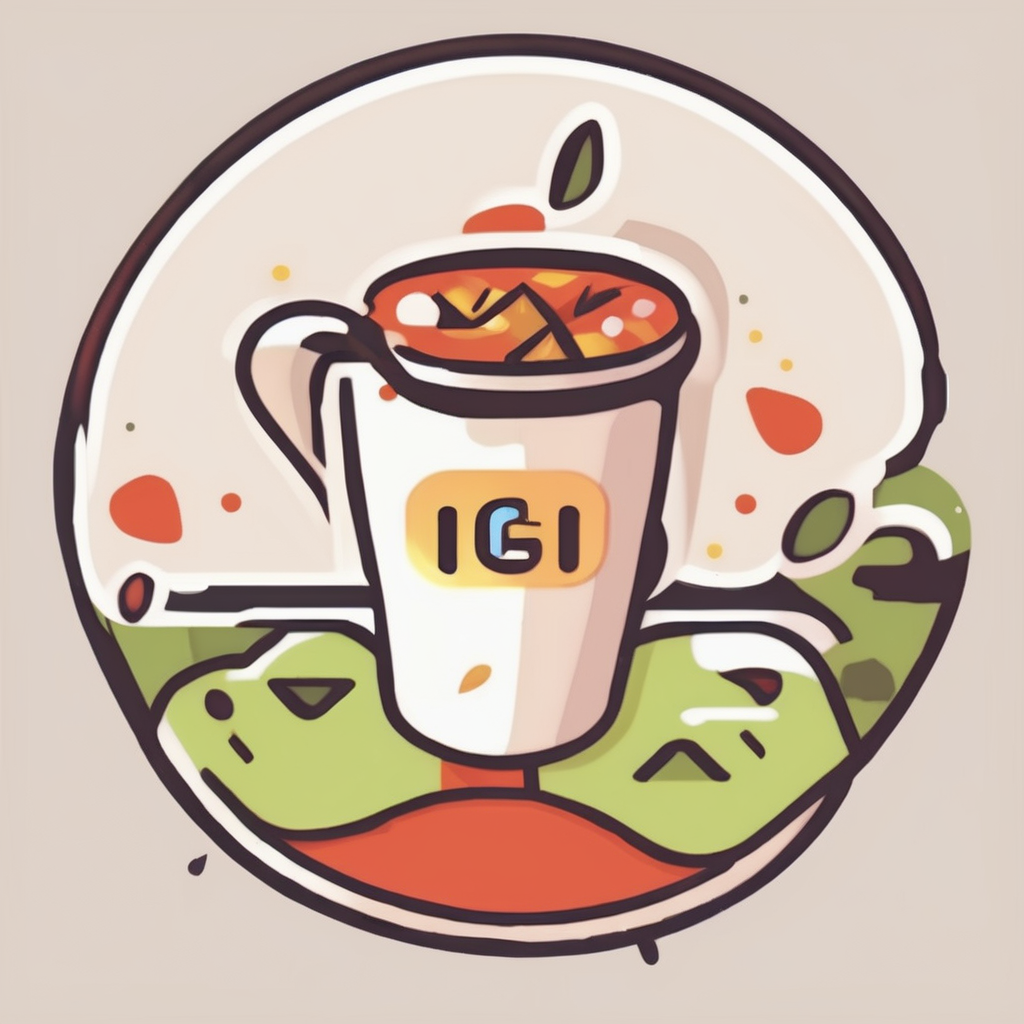Anxiety can feel overwhelming, but recognising its signs is the first step toward relief. This checklist offers 93 practical tools to help identify symptoms and guide your next steps. Designed for clarity and ease, it supports self-awareness and encourages informed conversations with healthcare providers to promote peaceful living.
Essential anxiety symptom checklist for self-assessment and discussion with healthcare professionals
The Anxiety Checklist features a structured approach to recognizing both emotional and physical indicators of anxiety, drawing on evidence-based measures like the GAD-7 and PRIME-MD-PHQ questionnaires. This checklist spotlights common anxiety symptoms such as persistent worry, restlessness, muscle tension, difficulty concentrating, irritability, trouble relaxing, sleep disturbances, and physical issues like rapid heartbeat, dizziness, and stomach discomfort. Symptoms can appear daily, occasionally, or during stressful situations.
Also read : Discover the Best Fish Varieties for Fighting Inflammation Naturally
Users can mark which symptoms they’ve experienced within the past two weeks and rate the frequency, using categories ranging from “Not at all” to “Nearly every day.” This method cultivates awareness and can ease conversations with healthcare providers. While straightforward and practical—printable or journal-based this tool is strictly for self-awareness and not a diagnostic instrument. Mental health professionals are best equipped to interpret results and distinguish anxiety-specific symptoms from overlapping issues such as depression. If the checklist raises concerns or symptoms disrupt daily life, seeking professional input is strongly recommended.
Core symptoms and triggers associated with anxiety
Physical, emotional, and behavioral signs of anxiety
Anxiety symptoms often start as a mix of physical, emotional, and behavioral cues. Common anxiety attack signs include rapid heart rate, shortness of breath, trembling, dizziness, and trouble sleeping. On the emotional symptoms of anxiety front, persistent worry, feeling overwhelmed, and irritability are frequent. Behavioral signs of anxiety might show as avoidance of certain situations, fidgeting, or sudden withdrawal from social activities. Recognizing early warning signs anxiety—such as increased nervousness or trouble concentrating—can allow for earlier intervention and support.
Also to discover : Discover the Best Footwear to Safeguard Against Jogging Injuries
Common triggers and situations that may lead to anxiety
Anxiety triggers can be as varied as social situations, public speaking, health worries, or major life changes. Everyday stress, chronic illness, or family conflicts act as symptoms and causes of anxiety for many. Learning to identify these anxiety triggers helps in developing reliable management strategies, improving overall resilience, and preventing escalation into severe anxiety signs.
Recognizing anxiety in children versus adults
Anxiety in children may reveal itself through school avoidance, unexplained stomach aches, or clinginess. For adults, severe anxiety signs can present as substance misuse, decreased job performance, or persistent restlessness. Understanding these differences supports better identification, opening doors to relevant care and resources tailored for all ages.
Resources, self-care strategies, and next steps after identifying anxiety symptoms
Recommended coping skills and self-care plans
Effective anxiety management techniques focus on fostering daily routines and habits that support mental wellbeing. Build a toolkit of anxiety self-care strategies, such as structured breathing, mindfulness, and regular exercise. Incorporate these anxiety relief methods into your everyday schedule and adjust your activities using a self-help anxiety checklist. Regular practice helps reduce the intensity of anxiety symptoms and cultivates resilience. If severe anxiety signs appear or persist, promptly consider reaching out for professional guidance.
Printable and digital tracking tools for monitoring anxiety
Daily anxiety tracking enables clear awareness of symptom patterns and triggers over time. Use an anxiety symptom journal or a digital anxiety self-monitoring tool to record episodes, stressors, and successful coping skills for anxiety. These logs can inform which anxiety management techniques are most effective for you. Printable anxiety checklist sheets, as well as online symptom trackers, make the process easy and accessible, promoting consistent self-reflection and progress review.
Guidance for seeking professional support and further evaluation
Recognising when additional help is needed is a key part of anxiety self-care strategies. If you notice worsening physical symptoms of anxiety or increased difficulty managing anxiety triggers, consult a healthcare provider for a full assessment. Access an anxiety test or self-help anxiety checklist before your appointment to provide a clear overview. Mental health professionals can then tailor interventions and anxiety relief methods to your needs, ensuring comprehensive support for your wellbeing.











